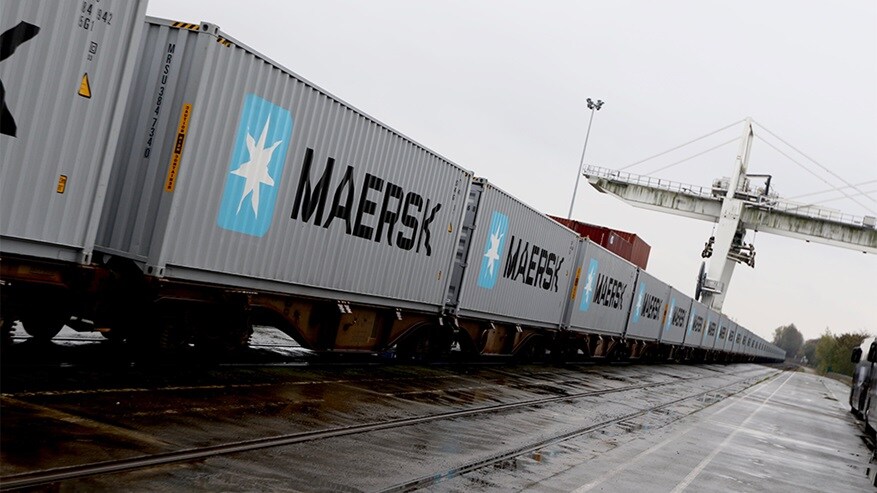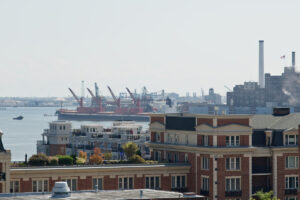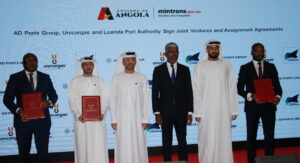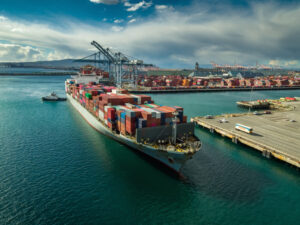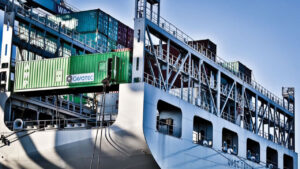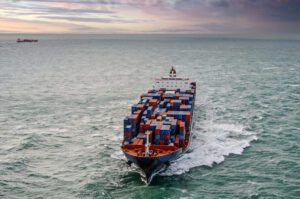Container demand growth for 2022 is “likely to moderate” compared to 2021, forecasts A.P. Moller – Maersk (Maersk) – but shippers will be facing capacity constraints through the Chinese Lunar New Year.
In the shipping line’s Asia-Pacific market update, Maersk continues to see 12-15% of global container ship capacity taken out of the market, but can also see an improvement in equipment availability.
Its container outlook for Q1 2022 wrote, “We expect space to remain tight throughout Lunar New Year due to capacity reductions caused by port and vessel delays.
“The equipment situation is improving as we have continued to in-fleet containers and get more empty equipment back to Asia. We still see shortages in some locations in the lead up to Lunar New Year, but the situation has improved from last update.”
One potential impact on future capacity is Chinese power shortages, as key manufacturing areas in China including Guangdong, Jiangsu and Zhejiang have been affected by electricity rationing with about 20 of the 31 provinces in China having been impacted to varying degrees.
The shortages have been caused by several factors including high coal prices, unpredictable weather patterns and the introduction of tougher energy and emissions, the line outlined..
For Asia’s import/export demand and supply outlook, demand remains strong overall, although the firm is seeing “some flattening” of demand growth at certain destinations.
“There is a significant order backlog that will keep export markets full, but space will remain very tight. The impact on Chinese exports due to the power restrictions is expected to be minor but imports are soft in certain segments, including wood and timber, due to the ripple effect from power controls,” Maersk added.
On some ports specifically, Tanjung Pelapas in Malaysia is experiencing “critical” congestion, impacting cargo acceptance to some South East Asia destinations.
The Ports of Los Angeles and Long Beach continue to undergo severe stress with around 80 container ships waiting at anchor in mid-November. Waiting times are up to 25 days.
Further north on the US West Coast, the Port of Seattle is experiencing a 21 day average waiting time for vessels queuing to berth.
Anne-Sophie Zerlang Karlsen, Head of Asia Pacific Ocean Customer Logistics, commented, “Restoring reliability for our customers supply chains continue to be our highest priority in Maersk – it is a difficult environment where congestions continue to intensify in many of the key ports, but Maersk will continue investing where it has the largest impact for our customers.”
The well-documented ongoing congestion in ports including Los Angeles, Long Beach, and Felixstowe is causing significant levels of vessels waiting at anchor leading the issue to snowball in some areas.

